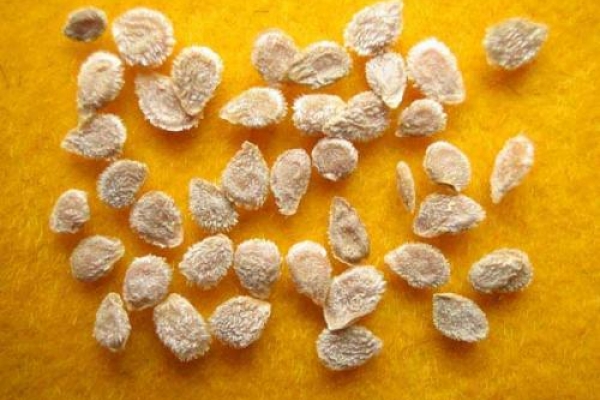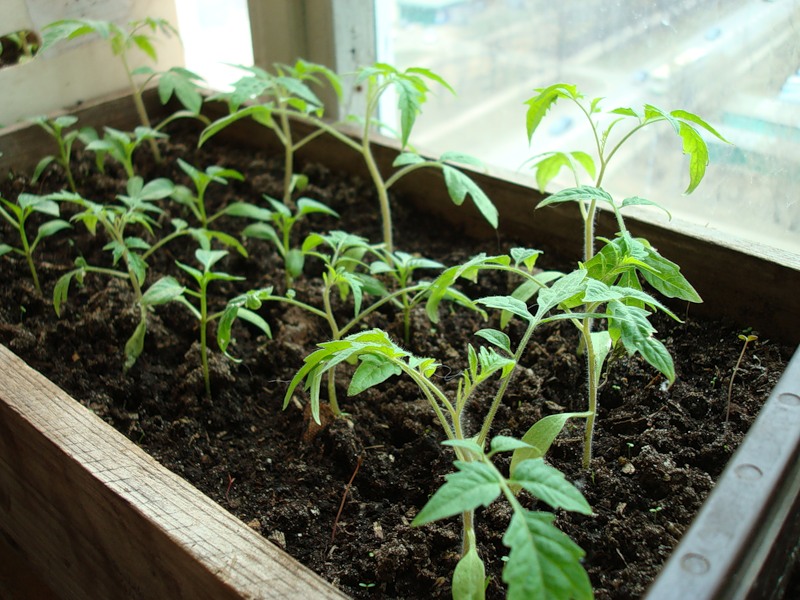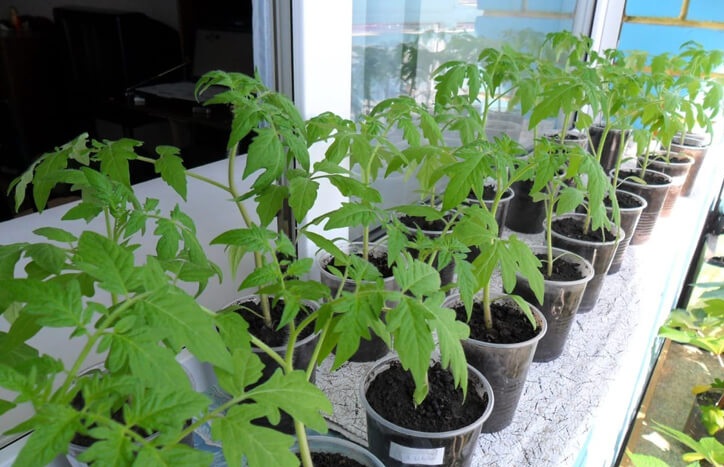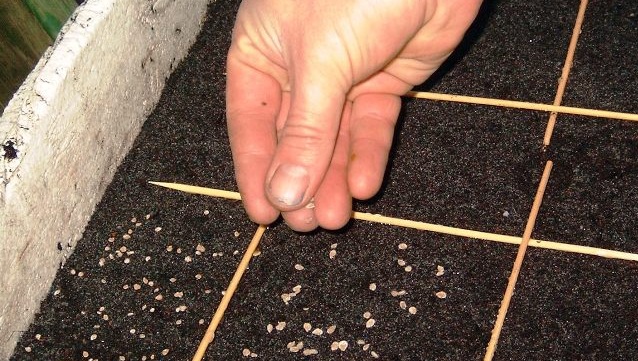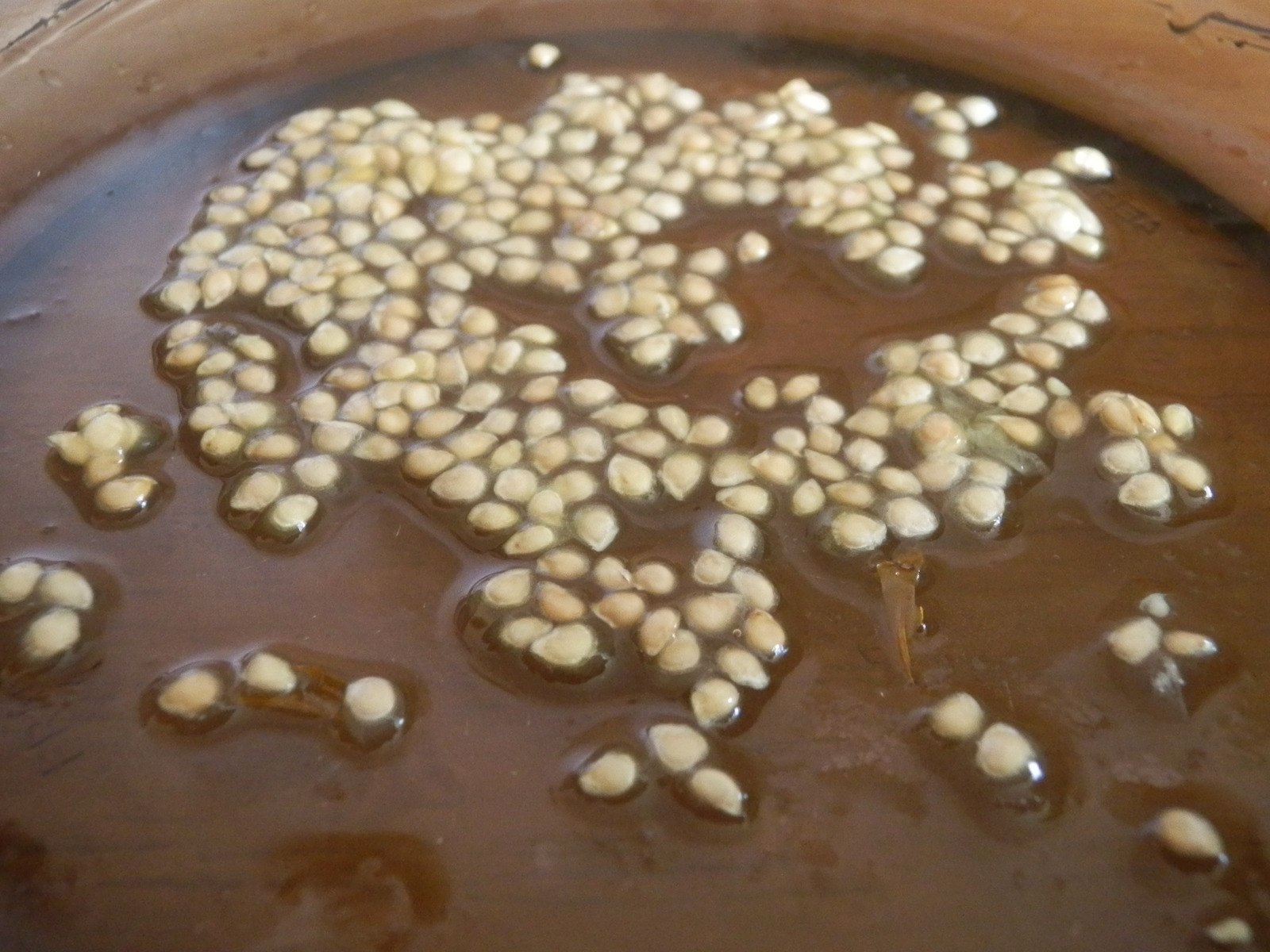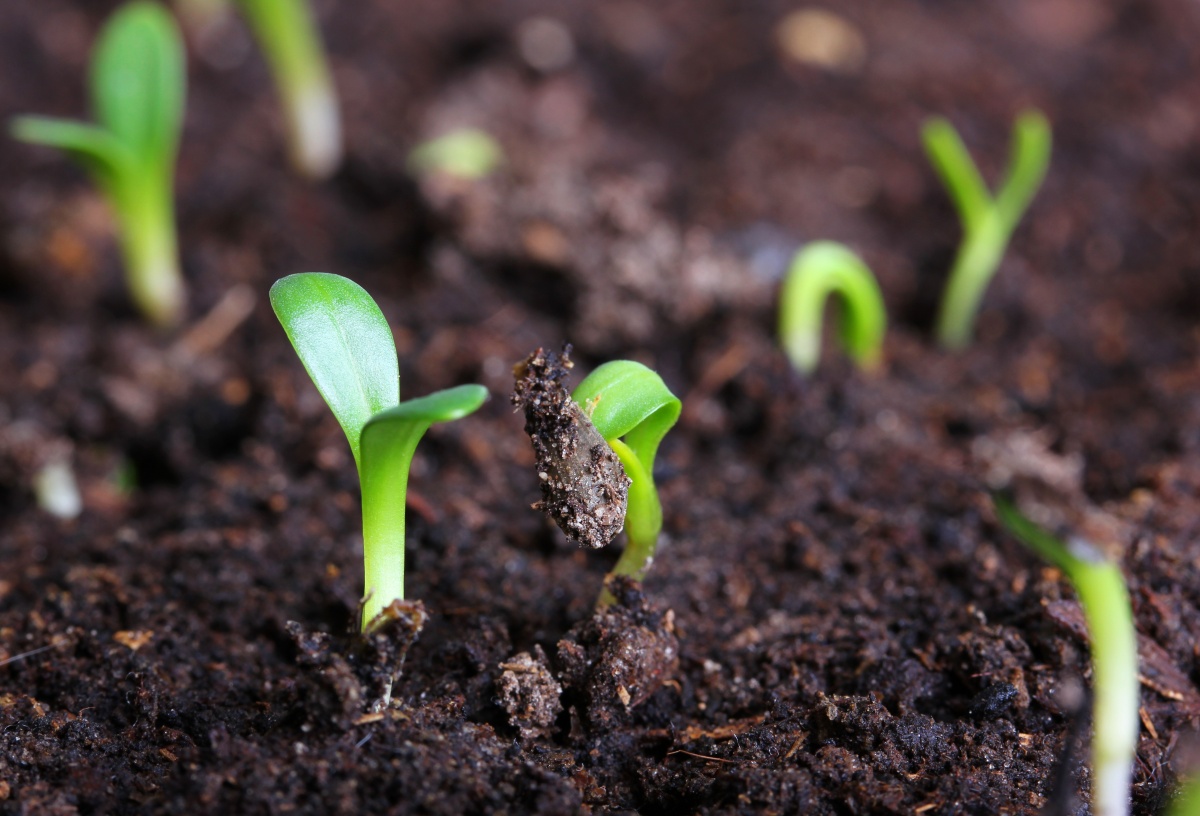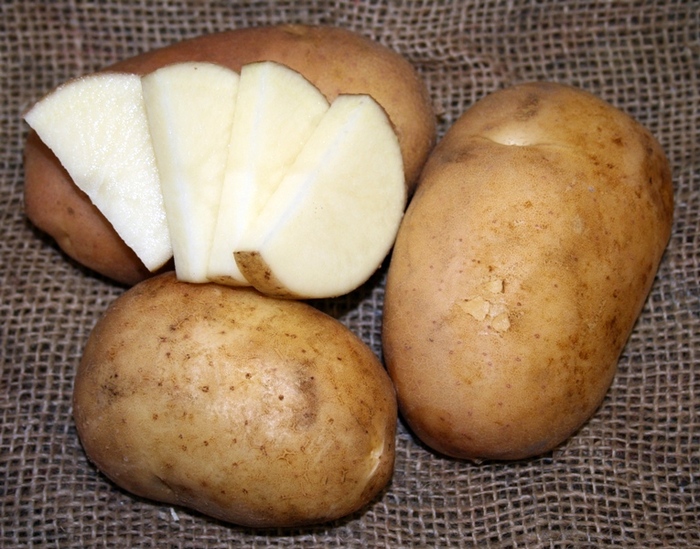Content:
In order to acquire a rich harvest of tomatoes, it is required to show utmost care and prudence at the initial stage of working with the seed, because tomato seeds should be sown prepared. For this, some manipulations are carried out that can have a beneficial effect on germination. Knowing exactly how long the first seeds will hatch, we can expect the first shoots to germinate into the light. If it happens that the seeds do not germinate for a long period, then it is necessary to immediately take measures in order to save or correct the situation and not be left without a tomato harvest this season.
Seed preparation as accelerating germination
Seed preparation begins in the last month of winter. The first thing to do is to carefully study their external qualities. Here the rule prevails: more is better. Large seeds are endowed with a colossal amount of minerals, and subsequently juicy, fleshy tomatoes can be germinated from them.
In order to choose the highest quality seeds, you need to place them in a pre-prepared solution, which is made from salt and let it brew for ten minutes. The seed that rises to the surface will be considered unusable, and the seeds that have sunk to the very bottom will need to be dried and stored for further processing.
There are several tricks to help you make sure on what day the tomatoes emerge after sowing:
- first of all, seeds are harvested. Novice gardeners are not recommended to give preference to growing rare and capricious varieties that require non-trivial care and specific conditions. The most literate is to opt for unpretentious tomatoes that will be the least capricious. Consideration should be given to how many days the tomatoes sprout and in what period of time they were produced. After all, how much tomato seeds germinate is significantly influenced by their real life span. For example, three-year-old seeds will not be able to sprout earlier than one week, and the same tomatoes produced a year ago will show their shoots already a few days after planting;
- in order for young seedlings to reach the desired height by the time they are planted on a permanent place of growth, it is required to imagine how long tomato seeds will sprout in glasses;
- the seeds of varietal tomatoes have identical germination, depending on the conditions of planting seeds. For example, in the event that the planting is carried out in the ground in an open area, then the germination capacity will be equal to ten days.However, if you organize optimal conditions for planting materials, then the germination time can be reduced to a minimum;
- the germination period of tomato seeds mainly depends on the variety and quality of the seed. Typically, the first shoots should be expected 5 or 7 days after sowing. To achieve the maximum effect, it is required to observe the air-thermal regime, reaching about 25 degrees;
- sowing depth affects the number of days the seeds will germinate. Small seeds require moderate light to hatch. That is why they are hardly sprinkled with soil on top.
Fitting and grooming is key to success
It is better to soak them before germinating the seeds. For this purpose, you need to take a vessel made of glass or a plastic box with warm water. The inoculum is wrapped in cheesecloth and lowered into a vessel with a liquid that should not completely cover the grains. The entire process from start to finish will take 12 hours, and the water needs to be changed about three times. Gauze with seeds also needs to be removed from the water from time to time in order for the grains to be saturated with oxygen.
Soaking slowly flows into the germination of future tomatoes. This favors good growth and can provide guarantees for an earlier harvest. For such a procedure, the seeds must be laid out on a plate with gauze or a damp cloth, maintaining balance and making sure that the cloth does not dry out, but also is not excessively wet.
Hardening will be able to provide the easiest adaptation to unfavorable environmental factors. Seedlings from such seed material are more successful in coping with temperature extremes, and the development of plants is many times faster. Bushes grown from "hardened" seeds begin to bloom earlier and give a richer harvest. The principle of the procedure lies in the fact that the seedlings are influenced by varying temperatures. First, the germinated sprouts are transferred to the refrigerator with an exposure time of up to 12 hours and a temperature not higher than 2 degrees. The next step is heating the grains at 20 degrees for the same time.
There are various factors that can lead to the death of the seed even before its germination:
- infectious diseases on the seeds themselves;
- infection in the soil;
- high soil density and its oversaturation with salts;
- in-depth sowing;
- strong hydration;
- dangerous diseases and pest attacks.
To get rid and prevent such problems, the seeds are prepared in a special way, equipping it with a stable immunity.
Before planting seeds in open ground, they must first be placed at home in a container with soil. Only one seed should be lowered into the vessel to a depth of about 1 cm and watered from time to time. It is best to plant already sprouted tomato seedlings that are capable of sprouting already on the fifth day. After that, they are transferred to containers with earth.
Further, the plants need timely and regular watering until they are transplanted to a greenhouse, greenhouse or to an open area. Planting should be done very carefully so that the root system is not damaged. In this case, it is necessary to observe the temperature regime, and from time to time open the greenhouse to avoid the occurrence of a black leg. If the proper rules are followed, the sprouts will not be long in coming.
When transplanting tomatoes into a greenhouse or open ground, it is necessary to pay attention to the climatic conditions of the area where they will grow. If you adhere to the generally accepted terms, then you need to plant seedlings in greenhouses in the first half of March, and in a greenhouse in the second part of March or early April, in open ground in June.
Before planting from a bush, it is required to cut a couple of lower leaves so that the plant can be rooted deeper in the ground. Seedlings are taken out of the pot together with the clod of earth in which they grew in order to move them into the hole. Previously, the soil in the hole should be supplied with fertilizers. It is necessary to deepen the bushes into the ground by 10-15 cm. Until the hole is covered with earth, it is lowered to one side and very much moistened. The water must seep as deep as possible into the soil for the root system to feel it. Subsequently, the hole is covered with soil while the seedlings are still lying so that the stalk does not go deep into the cold ground.
Reasons why seeds do not germinate well
Often there are cases when the sown grains remain in the soil without sprouting. This is a signal to focus on the likely mistakes that were made during sowing:
- low temperature for the emergence of sprouts. At a moderate temperature of +21 degrees, an error of even a couple of degrees can already affect germination. You can correct the situation by creating a favorable environment for plants;
- high soil moisture. In wet soil, seed can die due to lack of oxygen. In this case, it is necessary to pay due attention to the quality of the soil substrate, and also to reduce watering at times;
- excessive seeding depth. In such a situation, it will be extremely difficult for seedlings to break through to the surface, and they begin to die. The optimum depth is considered to be approximately 1.5 cm. Watering must be carried out before sowing, and not after it, so that the seeds do not go deeper into the soil.
If it happens that tomato seedlings grow very poorly, then this can happen for several reasons:
- low quality soil;
- improper care of seedlings.
One of the primary reasons for poor tomato growth may be that poor quality soil was chosen for planting seeds. However, this does not mean that the land needs to be rapidly replaced. It is enough just to closely follow the changes that occur with tomatoes during growth. Thus, if the tomatoes become bluish in color, and the lower edges of the leaves are slightly purple, then most likely the soil is deficient in magnesium.
